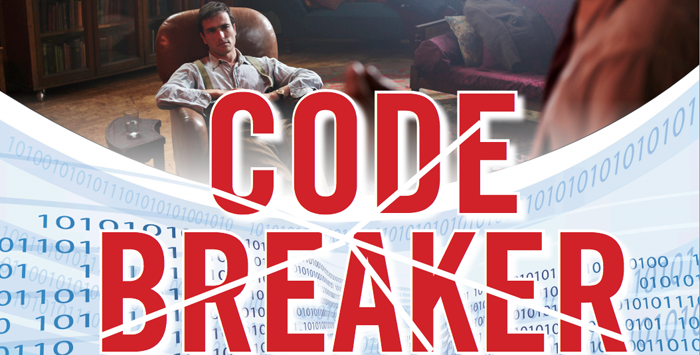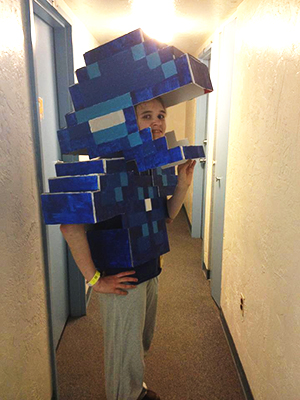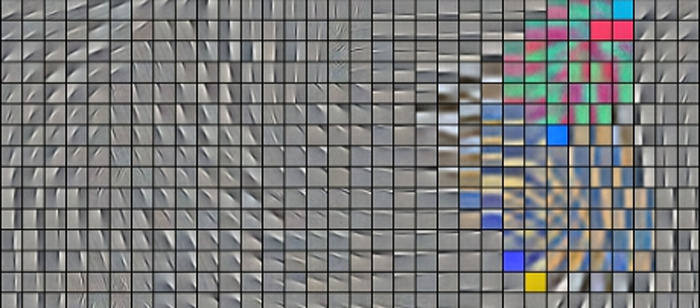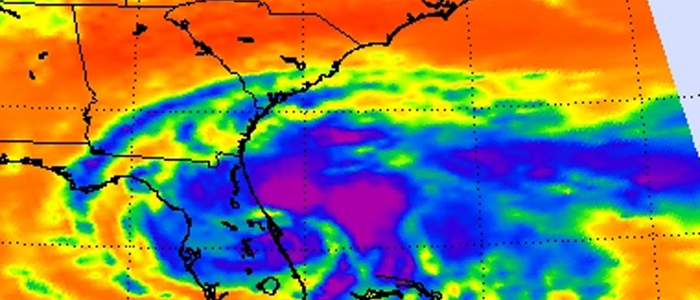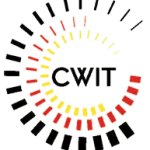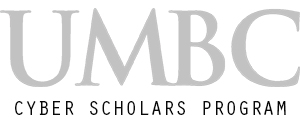Originally from Parnu, Estonia, Anastasia is a Computer Engineering major and a T-SITE Scholar.
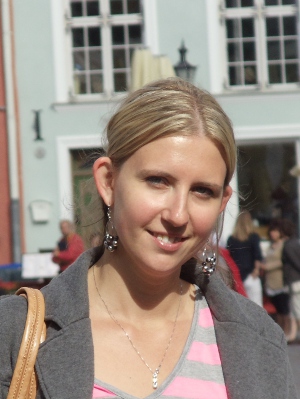 About Anastasia
About Anastasia
When did you become interested in Computer Engineering? About two years ago while studying at community college. It was a long decision for me. At first I was majoring in Chemical Technology in Estonia and after a long break, I switched to Computer Engineering. I was always interested and successful in science and math. Understanding how computers operate on a very detailed level is very interesting to me.
What area of Computer Science interests you the most? It is a very large area of study. I do not have any actual experience working in this field, therefore it is hard to say. I think robotics and artificial intelligence sound pretty cool. In general, If I can use my knowledge to help someone, it already sounds interesting to me.
What is your dream job? I would like to work in a research and development laboratory to create new technologies for the world. To be a scientist is very fascinating!
About being a CS major
What courses are you taking? This semester, I am taking Computer Science 201, where we are learning about programming in Python. I like writing a program that actually works, such a satisfaction! It makes me wonder what else I can do?
What classes are you most excited about? I think the capstone design even though I am still far from it. I am looking forward to developing something complicated on my own in a small team.
Are you part of any on-campus clubs, organizations, teams, or labs? I am a T-SITE (Transfer Scholars in Information Technology and Engineering) scholar in the Center for Women in Technology community. I would also like to be a Golden Key honors society member next semester. It is very challenging and I hope I can keep up with it.
What is the best part about being a T-SITE? It is a gift! Besides the financial help, I have advising on any subject related to UMBC including academic and just student life related problems. I met new friends before I even attended my first class, and I felt like part of UMBC thanks to the CWIT community.
What advice would you give to other transfer students? Make sure that classes you are taking are transferable and the earlier you decide on the degree, the better. Make friends at UMBC and join some group before you even start your classes. Having someone as your friend who already had to do first steps into UMBC life and is familiar with the system will help you greatly with many unclear things.
What advice would you give to other females entering the field? Never get discouraged by the difficulty of classes. Be confident in yourself and your abilities. You are smart and can do it better than someone else (even if it doesn't seem like it to you right now!).
About life at UMBC
What is the best part about campus life at UMBC? I am commuting to UMBC and I spend a good part of my day on campus. I like how UMBC looks: very pleasant to walk around. Another great thing about UMBC is everything I might need is available right there. It's like a small town. I could even send priority mail right from campus.
What is your favorite spot on campus? The Women's Center is a great place to relax and have a cup of hot tea (I love hot tea!). There on a very cozy and comforatable couch you can relax and if you have any food with you from home, it is the best place to heat it up and eat it. It is quiet and just perfect.
Where can you get the best coffee/lunch/ food or beverage of choice? I always go to the Commons. I like the selection that it has: sushi, Asian food, vegetarian food, Spanish, Italian, and of course American subs and burgers. That covers all tastes, I think. I tried most of it and I like it all.
